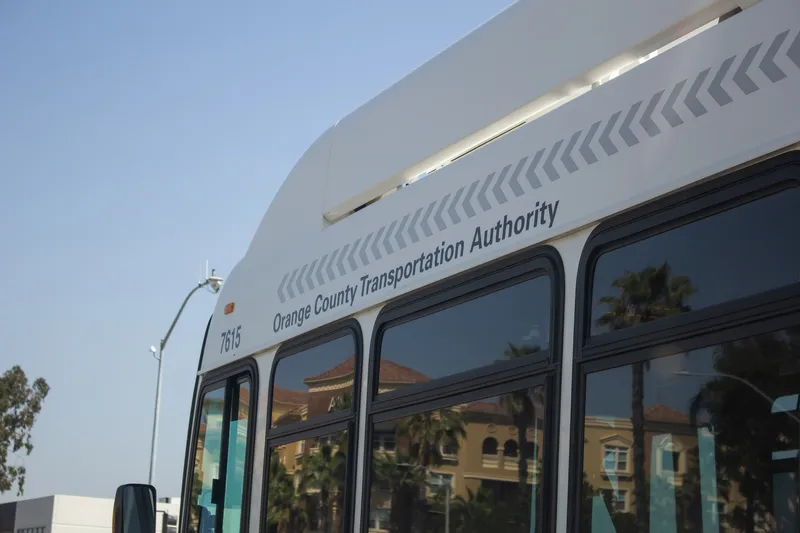The new tickets, which are embedded with a smart chip and antenna, allow Metrolink passengers to easily access Metro gates with a quick tap of their ticket at all turnstiles. Once tapped, the chip relays a signal to unlatch the turnstile gates so passengers can move between transit systems, eliminating the need for gate agents to view tickets.
“The new TAP payment system is a tremendous improvement to Southern California’s transit network that will save passengers time and reduce stress between transfers,” said Robert Turnauckas, chief administrative officer, Metrolink. “Xerox helped deliver on a ticketing solution capable of accepting a single-payment method across multiple regions -- a tall order with many challenges involved.”
By 2014, twenty-four transit providers in California will be a part of the single TAP network.
“Our goal was to provide an easy to navigate solution for riders,” said Michael Davis, senior vice president and managing director, Public Transport North America, Xerox. “The smart tickets ensure that all carriers are paid accurately when people travel between transit systems, and also will provide ridership analytics to help agencies track passenger needs.”
Smart payment ticket for LA commuters
Xerox’s universal payment system, TAP, now makes it faster and simpler for passengers in Southern California to transfer between passenger trains, buses, subway and light rail. The Los Angeles County Metropolitan Transportation Authority (Metro) and Metrolink recently teamed up with Xerox to develop TAP-enabled Metrolink tickets that are compatible with the Metro TAP smart fare payment system.
June 20, 2013
Read time: 2 mins








